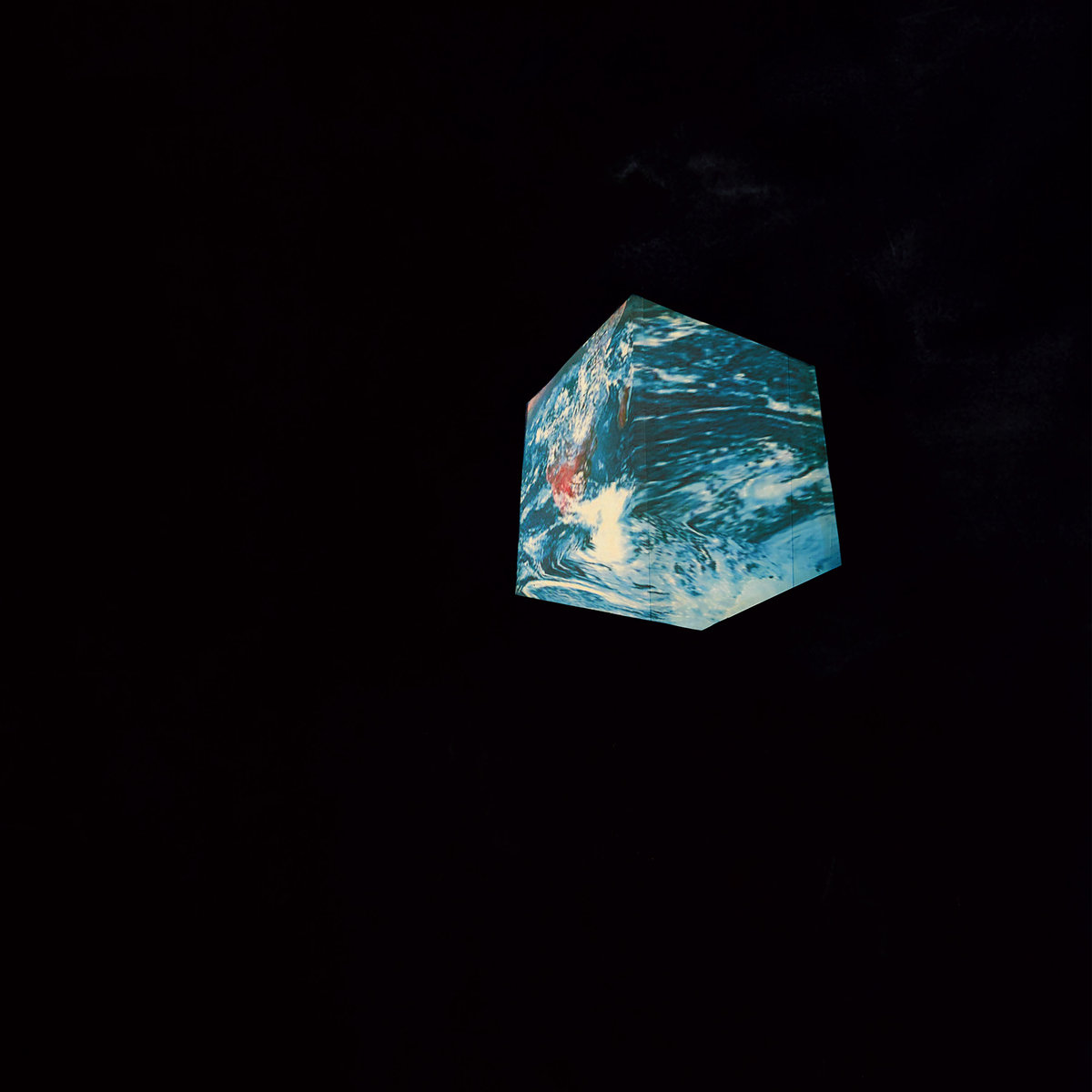Released: 5/10/2019
Reviewed: 5/5/2019

Tim Hecker continues his exploration of gagaku, or Japanese classical music, as seen through the lens of an ambient musician. He made this album in collaboration with Tokyo Gakuso, a gagaku ensemble in the Imperial Japanese court. Sometimes the gagaku musicians take center stage, as on track five, when Hecker's role seems to be to provide some synth harmonies and to stay out of their way; but the album is at its best when Hecker is more assertive, cuts up the tracks, and gives the music a personal twist. This is a companion album to Konoyo, which I reviewed last year. Like Konoyo, this is not easy music to listen to; it's abrasive, formal, and requires patience. In fact, because it is more stripped down and focuses more on the individual gagaku instruments, I think that this album is even more difficult. But Hecker's music attains a kind of taut beauty that most ambient artists couldn't dream of matching, and is always worth a listen.
Track one is probably the right place to start.
- "That world" (9:11): Light wailing. Quite formal strings: reminds me of court music. Not much structure...very loose, free-flowing. Builds to emotional, richer center, then becomes sparse again at the end.
- "Is but a simulated blur" (4:11): Continuation of the previous track, but more martial. Harsher drumbeats. Tension unwinds into peace.
- "Step away from Konoyo" (4:38): More like a traditional ambient track, or Hecker's earlier work. Less formal, less tense. High-pitched swirling drone.
- "Into the void" (4:49): Tenser than the previous track, with pulsing headache-beat underneath. Builds to some whistles, more tension. Ends very quiet.
- "Not alone" (3:10): Opens with big quivering bass, ceremonial drums. I suspect that this piece was mostly improvisational for the drums. Formal tension, like a choreographed dance.
- "You never were" (8:30): A bit more electronic processing. Many of the same stings and phrases that we have heard before, but pressed through an electronic filter. Ends more peacefully and conventionally, with some interlaced synth.
Comments
If you'd like to comment, you need to be logged in. See the nav bar at the top. If you don't have an account, I'd love to create one for you! Just email me.